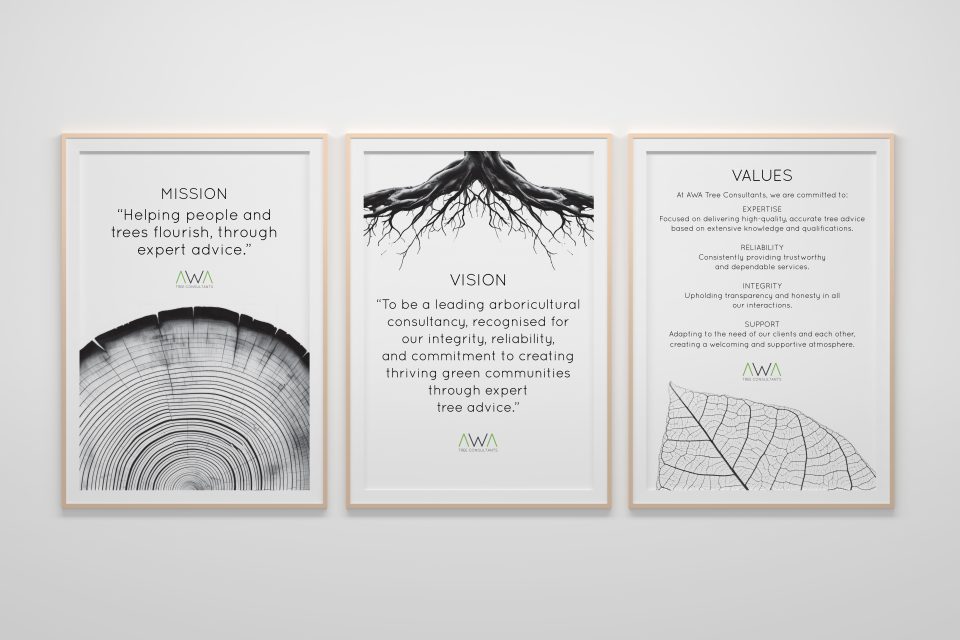TOWN TREES
1st October 2012A room with a view
5th February 2013Psithurism: the sound of wind whispering through the trees
We can’t see wind, only the things it moves. Likewise, we can’t hear wind unless it’s flowing past something that makes it vibrate; this causes it to adopt various sonic guises depending on what it interacts with. Trees provide some of the most common and admired ways for wind to make itself heard. This sound has been termed psithurism (sith-err-iz-um).
The naturalist author and founding member of the RSPB, W.H. Hudson, suggests in Birds and Man (1901), that psithurism is salubrious. He describes the sound of wind in the trees as “very restorative” – a mysterious voice which the forest speaks to us, and that to lie or sit thus for an hour at a time listening to the wind is an experience worth going far to seek.
The sonic qualities of psithurism seem to smudge the border between music and noise. The American poet Henry Wadsworth Longfellow (1807-1882) described the sound in “A Day of Sunshine”:
“I hear the wind among the trees
Playing celestial symphonies;
I see the branches downward bent,
Like keys of some great instrument.
The type of leaf, the season and the species of tree all work together to create a unique sound, or as John Muir put it: “Winds are advertisements of what they touch”. He described how, in the wind, each tree expressed itself in its own way, “singing its own song, and making its own peculiar gestures”. Of all the tree species the sounds of the pine seems to have captured the imagination of naturalists more than any other. Muir suggests pines are the best interpreters of the winds. “They are mighty waving golden-rods, ever in tune, singing and writing wind music all their long century lives.” (A Wind Storm in the Forests of the Yuba, 1878).
Thoreau also had an affinity for the wind through the pines: “The white pines in the horizon, either single trees or whole wood, are particularly interesting. The wind is making passes over them, magnetizing and electrifying them…This is the brightening and awakening of the pines…As if in this wind-storm of March a certain electricity was passing from heaven to earth through the pines and calling them to life”. (Journal of Henry David Thoreau 1855-1861).
Eastern thinkers also noted the distinctiveness of pines. Shunryu Suzuki (1904-1971), a Zen monk and teacher, describes with typical equity, psithurism and the mind:
“When we hear the sound of the pine trees on a windy day, perhaps the wind is just blowing, and the pine tree is just standing in the wind. That is all that they are doing. But the people who listen to the wind in the tree will write a poem, or will feel something unusual. That is, I think, the way everything is.”
Finally, perhaps the earliest and loveliest writing on the subject of arboricultural acoustics is by Liu Chi (1311-1375), an important scholar under the Yuan and the Ming Dynasties, who wrote that:
“Among plants and trees, those with large leaves have a muffled sound; those with dry leaves have a sorrowful sound; those with frail leaves have a weak and unmelodic sound. For this reason, nothing is better suited to wind than the pine.”
“Now, the pine as a species has a stiff trunk and curled branches, its leaves are thin, and its twigs are long. It is gnarled yet noble, unconstrained and overspreading, entangled and intricate. So when wind passes through it, it is neither obstructed nor agitated. Wind flows through smoothly with a natural sound. Listening to it can relieve anxiety and humiliation, wash away confusion and impurity, expand the spirit and lighten the heart, make one feel peaceful and contemplative, cause one to wander free and easy through the skies and travel along with the force of Creation. It is well suited to gentlemen who seek pleasure in mountains and forests, delighting in them and unable to abandon them….Gazing at the pines soothed my eyes; listening to the pines soothed my ears. I escaped from my duties and with this leisure time wandered free and easy here and there without any worldly concerns to perplex the mind. I can feel happy here and pass the entire day this way.
Working as tree consultants undertaking expert tree surveys, we use Visual Tree Assessment techniques to identify signs and symptoms of ill health and structural failure across a wide range of tree species. We occasionally use ‘micro-drills’ or ‘Sonic Tomographs’ to detect and quantify decay in trees. Yet there also times when simply listening to the sound of wind through the tree – the swaying, bending and creaking and the flow of air through the foliage – can highlight issues about tree health that our eyes did not immediately detect.






11 Comments
“We can’t see wind, only the things it moves. Likewise, we can’t hear wind unless it’s flowing past something that makes it vibrate;” – we also cannot see light unless it is reflected by something, and we don’t know love unless it is given out or comes back to us.
🙂
I feel that things that are unseen and that can’t really be explained are the most beautiful things . And the most beautiful things we can see are , nature, are made from God. And God is beautiful God is love.
Wonderful stuff, Adam. I like the “noisy” trees – aspens, poplars, birches and willows that seem to rattle rather than rustle in the wind. They sweep away all my negative thoughts. For me, the pines are more subtle and more of an acquired taste – which I very much hope to acquire. Thanks.
Excellent 👌. I m living in india and would like to know the name of the trees which can grow up in hot weather and create sounds during wind flows like pine tree.
Thanks
Ashish Kothari
Hi Ashish, Thanks for the comment. My knowledge of trees in India is very limited! A good place to look may be The Book of Indian Trees Book by K. C. Sahni
Best
Adam
Adam, I awoke this morning to see the wind in the trees. I turned off the fans, then, and listened. Wind concertos have been a medicine of mine for many moons. So much Beauty expressed in the music and the dance. This morning I was inspired to step into a deeper intimacy with wind, to know it, to discover the science and the spirit of wind. Fortunately, for me, I found your blog immediately. Thank you for a new word with as much beauty as what it is describing — psithurism. thank you for the quotes. Some were familiar, Others I added to my collection. And thank you for your thoughtful attunement to that which is truly Great. All Love. Michele
Many thanks Michele!
Beautiful, interesting, and inspiring. Man oh Man, I wanna hear more and more. Good work!
Many thanks Elena, glad you enjoyed!
Nice article, thanks. The Austrian composer Peter Ablinger has used field recordings of different types of trees, https://ablinger.mur.at/ww18.html
“… And I found that the colour of the noise of specific trees are really constant; therefore: as long as the season is the same (thus, for example, as long as the leaves of a deciduous tree are still green) the sound colour of an (English) oak always sounds the same irrespective of the force of the wind (strong or weak = loud or soft) or whether the oak stands on the North Sea or the Adriatic.”
I think he has also written musical compositions in the form of designs of imaginary forests.